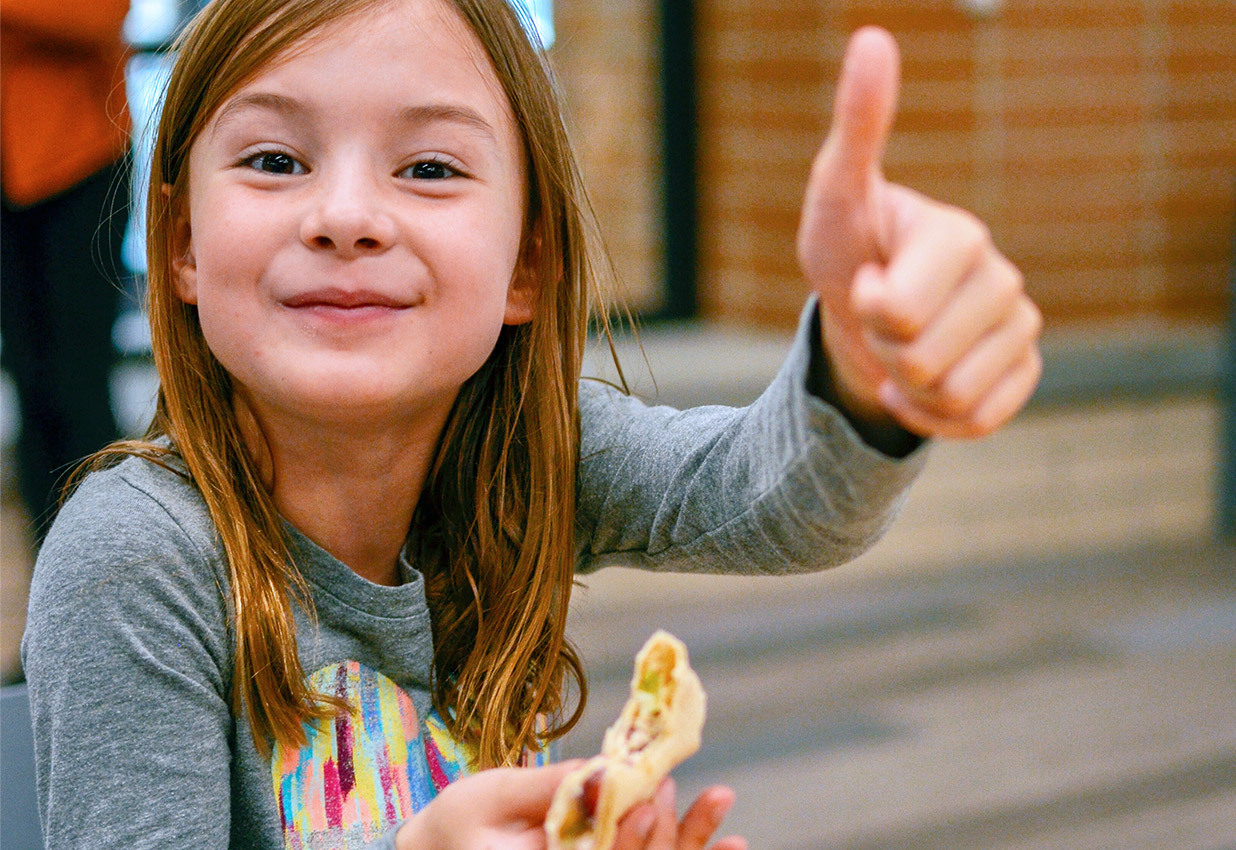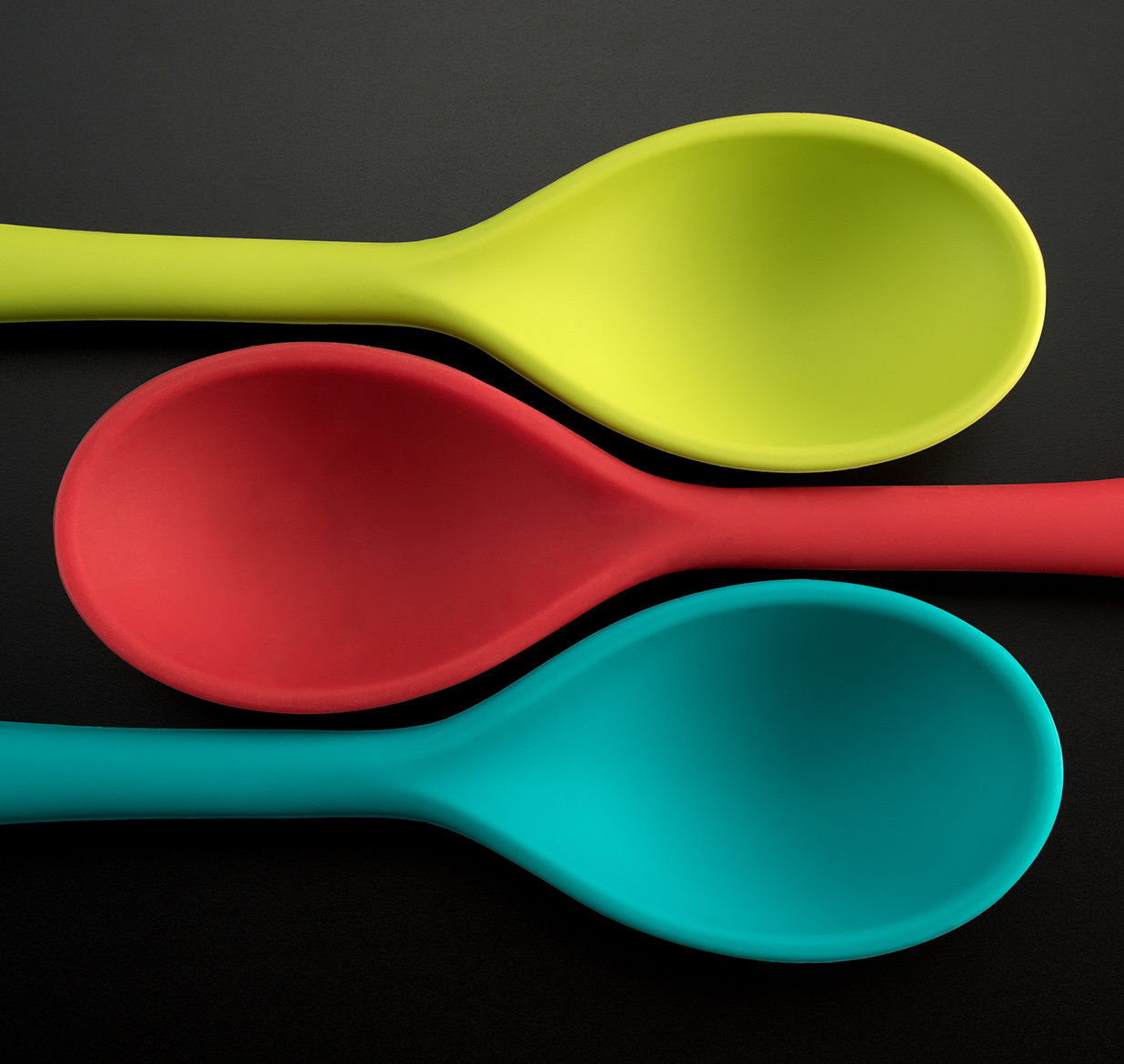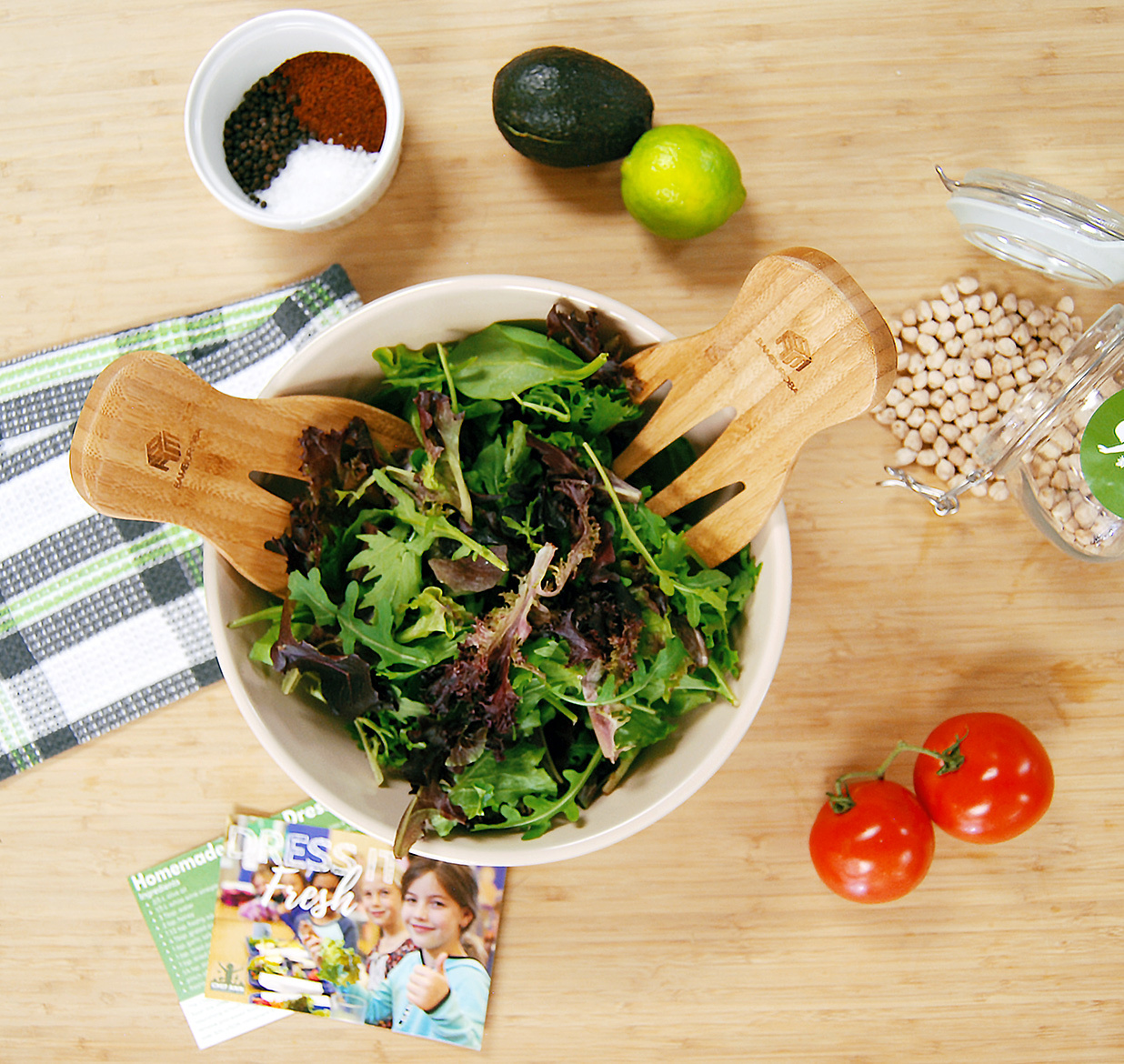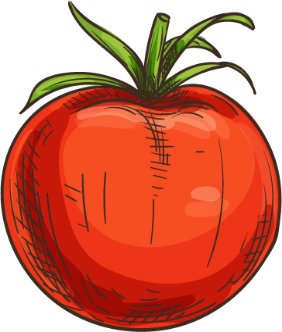
Junior Chef Competitions
Hosting a junior chef competition in your school district is an innovative way to increase student participation in your school food program. The competition is appropriate for both elementary and secondary level contestants. You can also involve the local community to engage more stakeholders.
A little competition mixed with teamwork makes for a great learning environment. The junior chef competition model allows students to contribute to their school lunch menu while learning more about how the National School Lunch Program actually operates.

Junior Chef Competitions
Hosting a junior chef competition in your school district is an innovative way to increase student participation in your school food program. The competition is appropriate for both elementary and secondary level contestants. You can also involve the local community to engage more stakeholders.
A little competition mixed with teamwork makes for a great learning environment. The junior chef competition model allows students to contribute to their school lunch menu while learning more about how the National School Lunch Program actually operates.
About Junior Chef Competitions
Within a district, competitions usually consist of five to six teams from schools. Elementary and secondary competitions are planned and hosted separately. On the day of the competition, the teams chosen to compete will come together to cook-off for a chance to have their recipe added to next year’s lunch menu.
Each recipe is judged on the following criteria: USDA nutrition guideline requirements, cost per serving for the complete meal, appearance, taste, organization, hygiene and food safety of the team while preparing the meal, and if it can be replicated for large scale food service.
Key Benefits
- Through engaging in the competition, students learn to appreciate just what it takes to get lunch on their tray each day.
- Students grow their understanding of USDA school meal requirements (the “complete meal”) and the basics of nutrition.
- Students gain valuable life skills by working as a team to create and cook.
- Students gain confidence by presenting and speaking about their recipes to the judging panel and audience.
How-To Guide
Below is a step-by-step plan for hosting a Junior Chef Competition. This guide provides links to communication templates that can be customized for your own Junior Chef event.


How-To Guide
Below is a step-by-step plan for hosting a Junior Chef Competition. This guide provides links to communication templates that can be customized for your own Junior Chef event.
Communication
Send Junior Chef Announcement Letter 3 months prior to elementary and/or secondary administration along with the package of forms found here. Note: The Junior Chef Nutrition Analysis Form is only required for secondary level.
The application review should consider nutrition requirements, meal cost, and recipe creativity. Keep all recipe forms for each team so that they can be returned to contestants at the end of the cooking competition.
Make your team selections within a month of the event date so that contestants have time to prepare for the competition.
Invite students from the teams that were not invited to compete to serve as kid judges for the competition.
Select food service judges; can include the director, production chef, registered dietician, and others employees from the food service department.
Identify popular restaurants in the area and invite community chefs to judge.
Identify potential competition sponsors and send out a Community Sponsor Letter. Community sponsorships and donations can come in many forms: Cash sponsorships from existing vendors and local businesses; Competition T-shirts for team members; Product, promotional, and coupon donations for participant prize bags; etc.
Send out Junior Chef Press Release at least four weeks prior to the competition to invite the public and media to attend.
Prior to the Junior Chef Competition
Identify Volunteers and Interns to help with setup, logistics, and photography.
Plan for a two-and-a-half hour event. Contestants will have 90 minutes to prepare, cook, and plate their meal.
Secure audio setup for MC presenter.
Print a large blank check for the winning team and certificates for all participants.
Print copies of Junior Chef Judges Sheets and completed recipe entry forms. Bring clipboards and pens for your judges.

Setting Up Cooking Stations
Teams are encouraged to bring any equipment they might need, but you should also set up a basic cooking station for them. This list includes important station must-haves:
- 5 to 6 tables (8’ recommended, one extra for a judging table)
- 5 to 6 portable burners with 2 butane cans each
- Sauté pans for each team (12” recommended)
- A chef’s knife, spatula, whisk, serving spoon, dish towel, and cutting board for each team
- 4 clean plates and 1 cup for each table (two plates for judging, two for public tasting, cup for milk requirement)
- Signs with team names on each station
- Tasting spoons at each station
- Gloves and sanitizer bucket

Setting Up Cooking Stations
Teams are encouraged to bring any equipment they might need, but you should also set up a basic cooking station for them. This list includes important station must-haves:
- 5 to 6 tables (8’ recommended, one extra for a judging table)
- 5 to 6 portable burners with 2 butane cans each
- Sauté pans for each team (12” recommended)
- A chef’s knife, spatula, whisk, serving spoon, dish towel, and cutting board for each team
- 4 clean plates and 1 cup for each table (two plates for judging, two for public tasting, cup for milk requirement)
- Signs with team names on each station
- Tasting spoons at each station
- Gloves and sanitizer bucket
Day of the Junior Chef Competition
Setup individual cooking stations.
Setup the judging table with napkins, tasting forks, knives, and a bin for dirty silverware.
Meet with judges to go over judging criteria and encourage them to write notes throughout the competition.
Welcome everyone and go over the following information:
- Explain competition guidelines, timing of cooking, and presenting.
- Introduce teams, food service judges, guest chefs, and kid judges.
Start the competition.
Throughout the cooking time have the MC talk to each team and ask how they chose their recipe, how they prepared for the competition, etc. Also ask kid judges what they look for in a school lunch or what recipe they’re most excited to try. Find out more about chef judges and why they came out to judge the competition.
End cooking time and begin the plate presentations. Tier presentation times if desired. Have each team describe their recipe (two plates should be brought up) before the judges taste the dish. Clear plates to make space for the next team.
Judges deliberate. (This is where their notes will come in handy.)
During deliberation encourage the teams to try each other’s recipes.
Announce the judges’ decisions:
- Give certificates and participant prize bags to the runners-up.
- Announce third and second respectively.
- Present the large check to the winning team.
Give judging sheets and initial application forms to each team. These judging packets serve as helpful learning tools for future competitions.
Event Follow-Up
- Send a follow-up email or letter for the administration to distribute to school parents. Include pictures and any fun kid quotes or comments from the day. This will inform parents who were unable to attend or didn’t hear about the event, possibly motivating them to participate in the future.
- Thank-you letters are always a good way to get your volunteers coming back for more. Be sure to send your volunteers a quick thank-you to let them know you appreciate their help.


Event Follow-Up
- Send a follow-up email or letter for the administration to distribute to school parents. Include pictures and any fun kid quotes or comments from the day. This will inform parents who were unable to attend or didn’t hear about the event, possibly motivating them to participate in the future.
- Thank-you letters are always a good way to get your volunteers coming back for more. Be sure to send your volunteers a quick thank-you to let them know you appreciate their help.
Documents & Resources
Take advantage of the following resources and documents when planning your own junior chef competitions. You can tailor them to meet your event specifications.

This downloadable copy includes all the information offered in the Junior Chef Competition section of the website.
Send a letter with the announcement to administration in order to get the word out to potential contestants.
Outside funding will enhance your event. This can include cash donations from existing vendors, food sponsorships from local grocers, or promotional products for participant prize bags. It never hurts to ask!
Send these competition guidelines out with the Announcement Letter to elementary administration so that administration and potential entrants can fully understand your junior chef event.

This downloadable copy includes all the information offered in the Junior Chef Competition section of the website.
Send a letter with the announcement to administration in order to get the word out to potential contestants.
Outside funding will enhance your event. This can include cash donations from existing vendors, food sponsorships from local grocers, or promotional products for participant prize bags. It never hurts to ask!
Send these competition guidelines out with the Announcement Letter to elementary administration so that administration and potential entrants can fully understand your junior chef event.
Send these competition guidelines out with the Announcement Letter to secondary administration so that administration and potential entrants can fully understand your junior chef event.
Submit these as part of a team application: Junior Chef Team Application, Junior Chef Recipe Entry Form, Junior Chef Nutrition Analysis Form (Only required for secondary level), Junior Chef Ingredient Budget List
Send at least four weeks prior to the competition to invite the public and media to attend.
Print copies of these sheets for competition day. Includes versions for both guest judges and food service team members.


Send these competition guidelines out with the Announcement Letter to secondary administration so that administration and potential entrants can fully understand your junior chef event.
Submit these as part of a team application: Junior Chef Team Application, Junior Chef Recipe Entry Form, Junior Chef Nutrition Analysis Form (Only required for secondary level), Junior Chef Ingredient Budget List
Send at least four weeks prior to the competition to invite the public and media to attend.
Print copies of these sheets for competition day. Includes versions for both guest judges and food service team members.
More Lunchroom Education Activities






